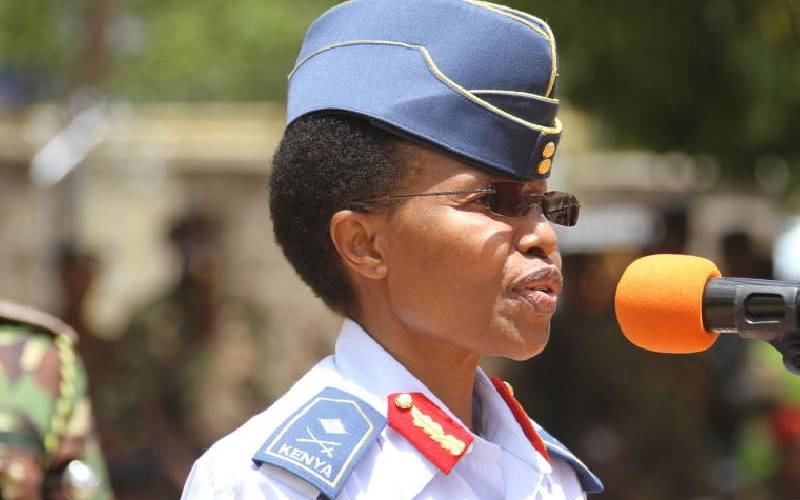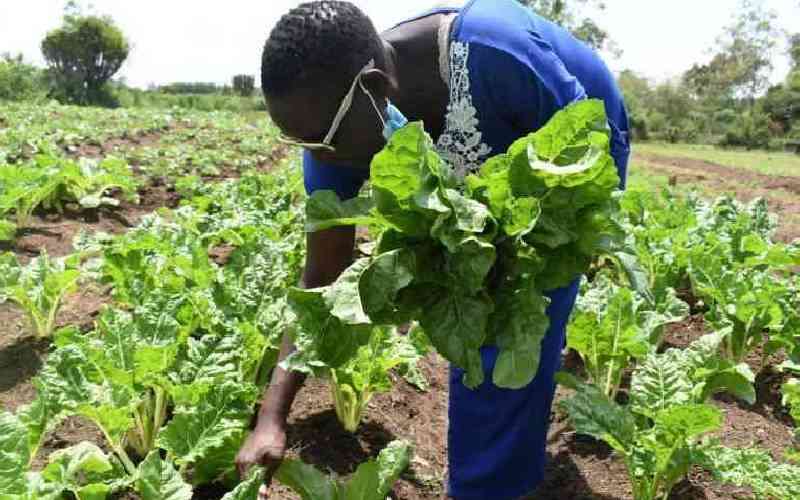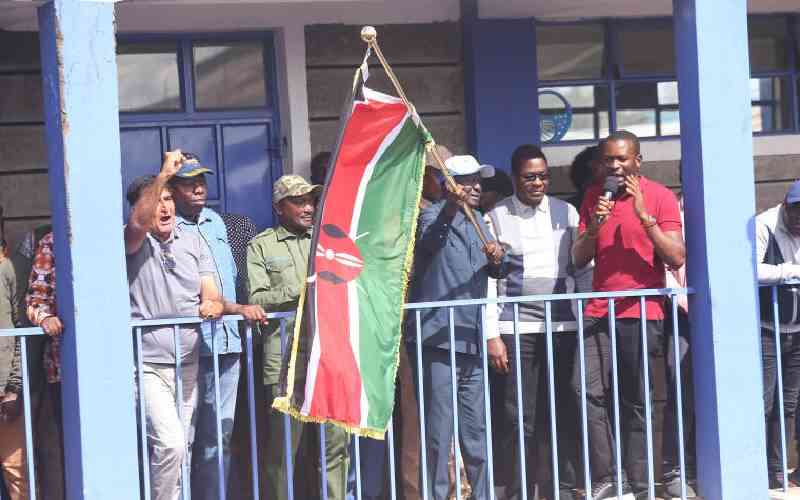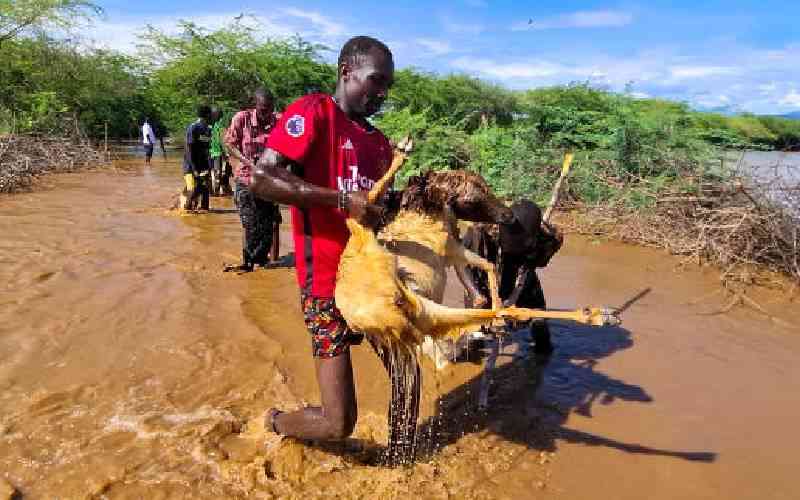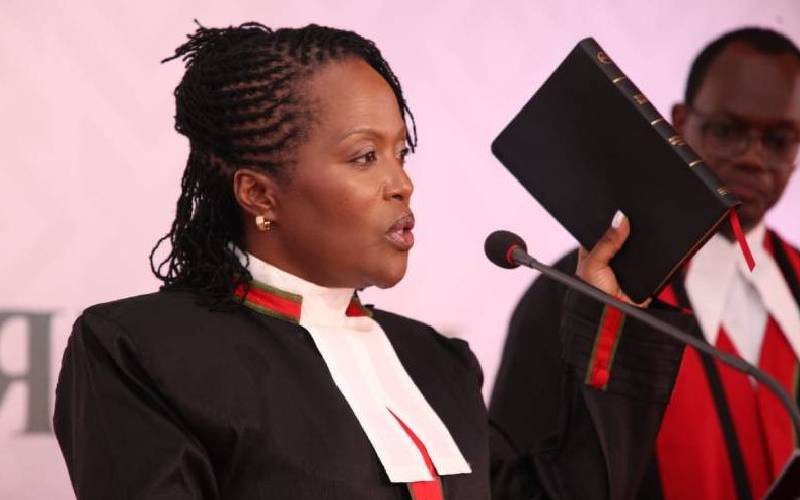A keen observer attending aviation meetings and forums in Africa and elsewhere in the world cannot help noticing the subdued presence of women. Higher up into aviation echelons, just a handful of women occupy senior managerial positions.
Gender disparity in the professional world is regrettably endemic and the aviation industry is no exception. While it is commendable that women worldwide are slowly closing the gap in critical areas such as health and education, more needs to be done to bring more women into the airline workforce, particularly so in technical and leadership roles.
Statistics show nearly 80 per cent of flight attendants are female, but five per cent of pilots are women with the proportion of women in technical and managerial roles even lower. Though the growing number of female aviation professionals in Africa is notable with an increasing number manning senior positions, gender equity remains a mirage in spite of the all-female flight operations undertaken by some African airlines.
Global aviation is experiencing rapid expansion with IATA 20-year passenger projections anticipating a 3.5 per cent compound annual growth rate which is a doubling in passenger numbers from today’s levels. Forecast has it that African aviation is expected to grow by an annual rate of 4.6 per cent. This will see an extra 199 million passengers by 2037 for a total market of 334 million passengers. Thus, there is a pressing need to guarantee a pipeline of highly skilled aviation personnel that must include more women to meet the impressive trends ahead.
The difficulty in most African countries is that the education system does not provide clear pathways for women to pursue aviation as a career. An education in STEM subjects (Science, Technology, Engineering, and Mathematics) is useful for technical careers in aviation – but women are underrepresented in these subjects at school and in college. Aviation has been perceived for a long time as a “man’s career.” Consequently, girls are less likely to be encouraged to pursue aviation as a viable career path. Outreach programmes at schools can be critical to shift this warped perception and give confidence to more girls to take up courses that lead to careers in aviation.
At industry and state level, there is need for initiatives that include the establishment of air transport gender indicators through the collection of workforce statistics. Encouraging the creation and support of women’s leadership networks and furthering initiatives that would lead to a larger pool of women in the industry is also a practical step that ought to be emphasised. Recognising the importance of realising this key goal, the African Airlines Association (AFRAA) and other African and global stakeholders gathered at AFRAA’s 50th Annual General Assembly in Rabat Morocco last year called upon the global aviation sector in Africa to analyse barriers for gender equity in aviation and share best practices, programmes and initiatives aimed at overcoming them.
Aviation decision makers in Africa were asked to attract and retain sufficient numbers of skilled male and female professionals across all levels to contribute to the operation and management of the expanding global transport system. African Airlines were also encouraged to bring about significant change towards gender equity and non-discrimination to further women’s careers through their actions. On that score, we will continue our efforts to encourage the African aviation industry and key stakeholders across the continent to identify barriers for gender equity and mobilise to implement concrete actions to accelerate gender equity and further progress in this area.
- The writer is the African Airlines Association Secretary General
 The Standard Group Plc is a
multi-media organization with investments in media platforms spanning newspaper
print operations, television, radio broadcasting, digital and online services. The
Standard Group is recognized as a leading multi-media house in Kenya with a key
influence in matters of national and international interest.
The Standard Group Plc is a
multi-media organization with investments in media platforms spanning newspaper
print operations, television, radio broadcasting, digital and online services. The
Standard Group is recognized as a leading multi-media house in Kenya with a key
influence in matters of national and international interest.
 The Standard Group Plc is a
multi-media organization with investments in media platforms spanning newspaper
print operations, television, radio broadcasting, digital and online services. The
Standard Group is recognized as a leading multi-media house in Kenya with a key
influence in matters of national and international interest.
The Standard Group Plc is a
multi-media organization with investments in media platforms spanning newspaper
print operations, television, radio broadcasting, digital and online services. The
Standard Group is recognized as a leading multi-media house in Kenya with a key
influence in matters of national and international interest.



